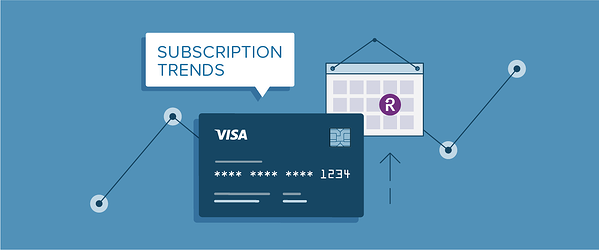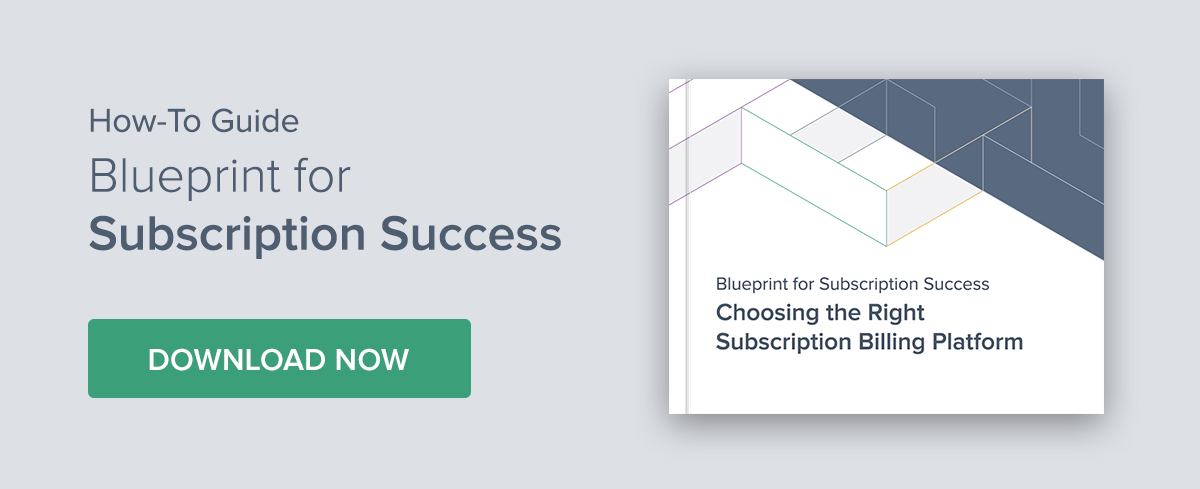The Internet of Things and the Transformational Power of Data

The Internet of Things is transforming how we live, work, and play. Beyond the familiar ‘smart’ devices in our homes, such as thermostats and fitness trackers, the Internet of Things (IoT) has applications in a wide-ranging realm. There are devices that can find our lost phones and luggage, monitor our heart rates and blood pressure, tell us when our cars need maintenance, help manage traffic when we drive, and help make our manufacturing sector and our cities more efficient. The web of connected devices that comprise the Internet of Things promises to bring convenience, efficiency, cost savings, peace of mind, improving our lives in any number of ways.
By connecting humans to machines, machines to machines, and machines to data, the world of IoT is poised to revolutionize technology and how we interact with it. With 20 to 50 billion IoT devices predicted by 2020, the smart future is already upon us.
But the devices are secondary—a means to an end. The key to IoT and its benefits is the data that the devices provide and the ways that this data can be utilized to create efficiencies and other benefits. Recently, Finextra—a research firm based in the UK that focuses the financial technology— published a blog post listing the five things a successful IoT program needs. Their five things relate to the abundance of information that IoT devices provide, which then necessitates having “a plan to efficiently and effectively aggregate, store, and analyze all of the data” to get the most value from it. According to the blog:
Develop a strategy for why you are collecting the data and what you hope to achieve with it.
A business will need a scalable platform to keep up with the data generated by all those devices. If you don’t capture all the data, you’ll “miss key insights and make suboptimal decisions.”
Because IoT captures so much data, the business will need advanced analytics to help quickly and accurately analyze all that data, providing “immediate insights and the opportunity to address problems quickly.”
Don’t neglect long-term analysis which is necessary for understanding trends based on historical data.
Merge IoT data with other data sources to gain a more complete view of the entire business. Incorporating data from CRM and ERP systems, for example, will make the data you have that much more meaningful and provide a more accurate picture.
Many IoT businesses which capture data from IoT devices provide this data back to the user as a subscription-based service. It is commonly this service, not the device, that provides long-term revenue. And so Recurly would like to add to this list a sixth requirement, which will enable you to monetize your IoT service, to create ongoing business value:
Requirement #6: have a full-featured subscription management platform that enables you to monetize your IoT business via a subscription service.
Despite the wealth of IoT data and its transformational potential, Gartner estimates that through 2018, 80% of IoT implementations will undervalue the data that IoT generates and not succeed in monetizing it. If you’re considering an IoT play, make sure you’re a part of the 20%, not the 80%. To learn more about Recurly, sign up for a demo or contact our experts.


